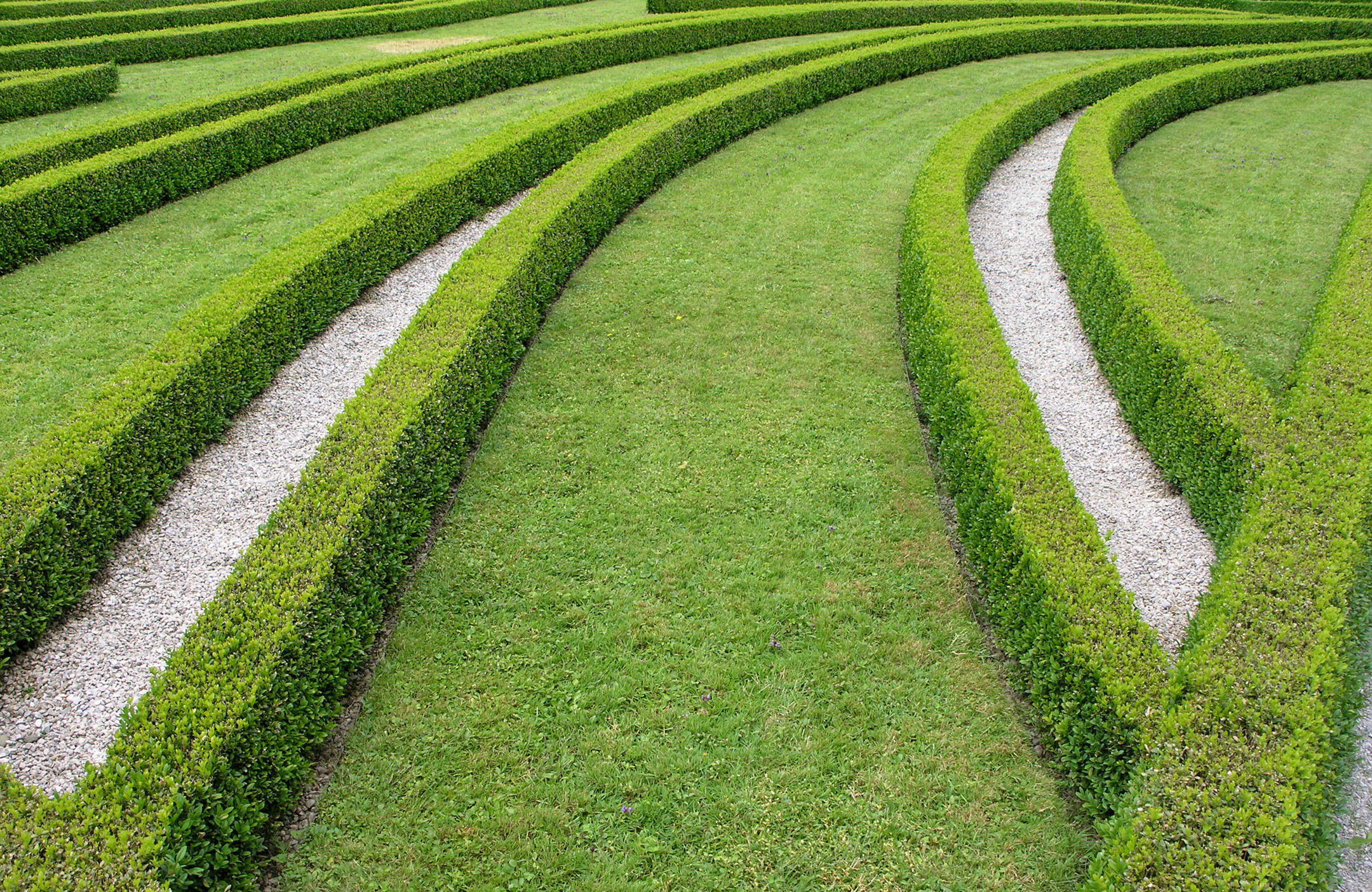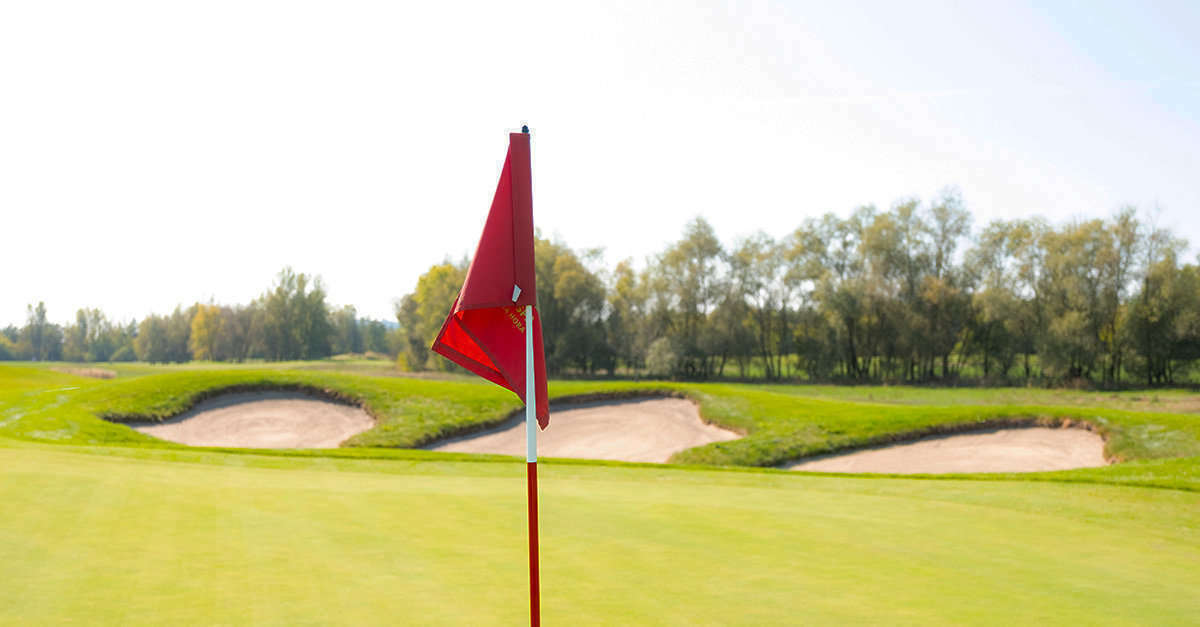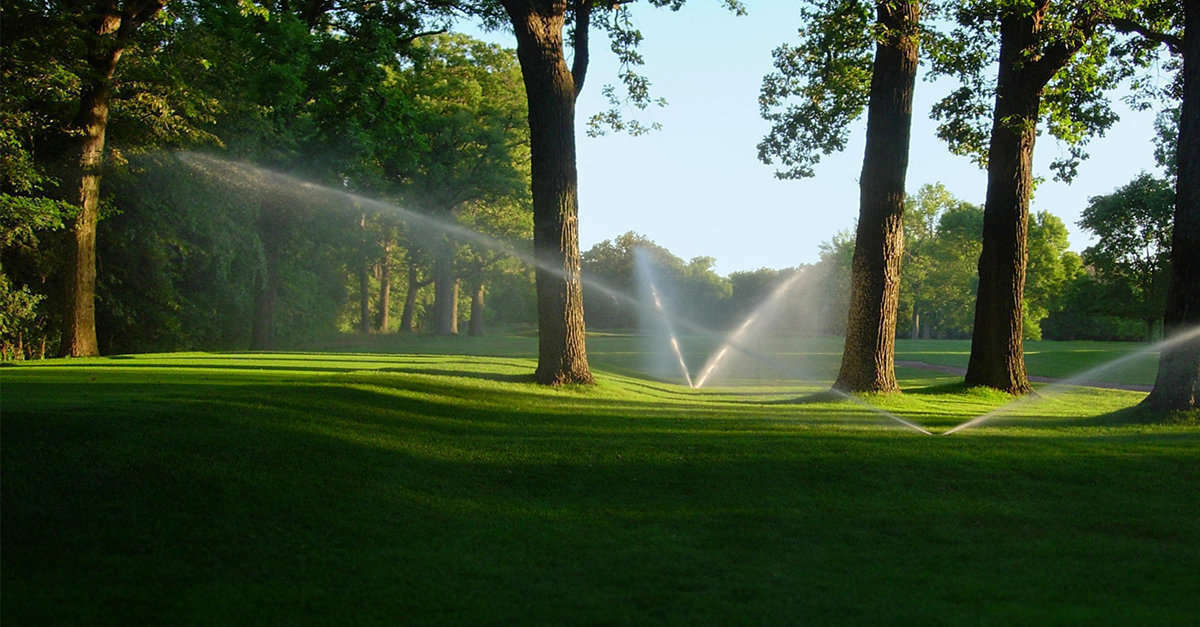A weatherproof golf course
Pure for the professional

Blog detail
No matter how well you maintain your golf course, extreme weather can always occur. There is little to do when drought hits except to irrigate. There is nothing at all to be done against excessive rainfall. However, you can make the soil and grass on the golf course as resistant to this as possible. Send us a message Back to overviewHealthy soil life against drought and rain
You can’t do much about the weather, but you can protect the soil and grass from it as well as possible. This starts with a good soil structure. You can help maintain good soil structure by working with fertilisers that respect and stimulate soil life. This is because soil life affects soil structure. The healthier the soil life, the more tiny holes and pores in the soil. The amount of holes and pores determines the amount of water that can be held and can pass through. These holes and pores also allow for proper rooting of the grass plant. In dry times, the holes and pores act as a water buffer. In wet times, they are a ‘drainage system’. The holes and pores also give space to the roots. Good, deep rooting also makes the grass more resilient. Add to this a fertiliser that provides strong root cover and you will be as prepared as possible for extreme weather conditions


Healthy grass against extreme weather conditions
In addition to preparing the soil to withstand extreme conditions as well as possible, the plant itself, the grass, can also be prepared. In stressed conditions, reactive oxygen compounds are formed in the cells of the plant. This is harmful to the cells and therefore to the plant. Fertilisers that function as antioxidants reduce these types of reactions. This keeps the grass healthy for longer in extreme conditions.
Prepare the plant for cold in the autumn
Heat is not a problem for grass, aside from the fact it is usually accompanied by drought. But prolonged cold certainly affects the grass. Using potassium (K) can make the grass stronger going into the winter. Furthermore, potassium (K) is also absorbed at low temperatures, starting at 8°C. In this way, you can give the grass a last reserve for the winter late in the autumn season.



